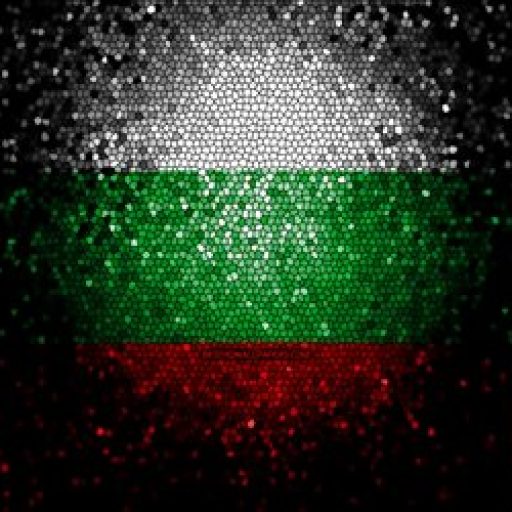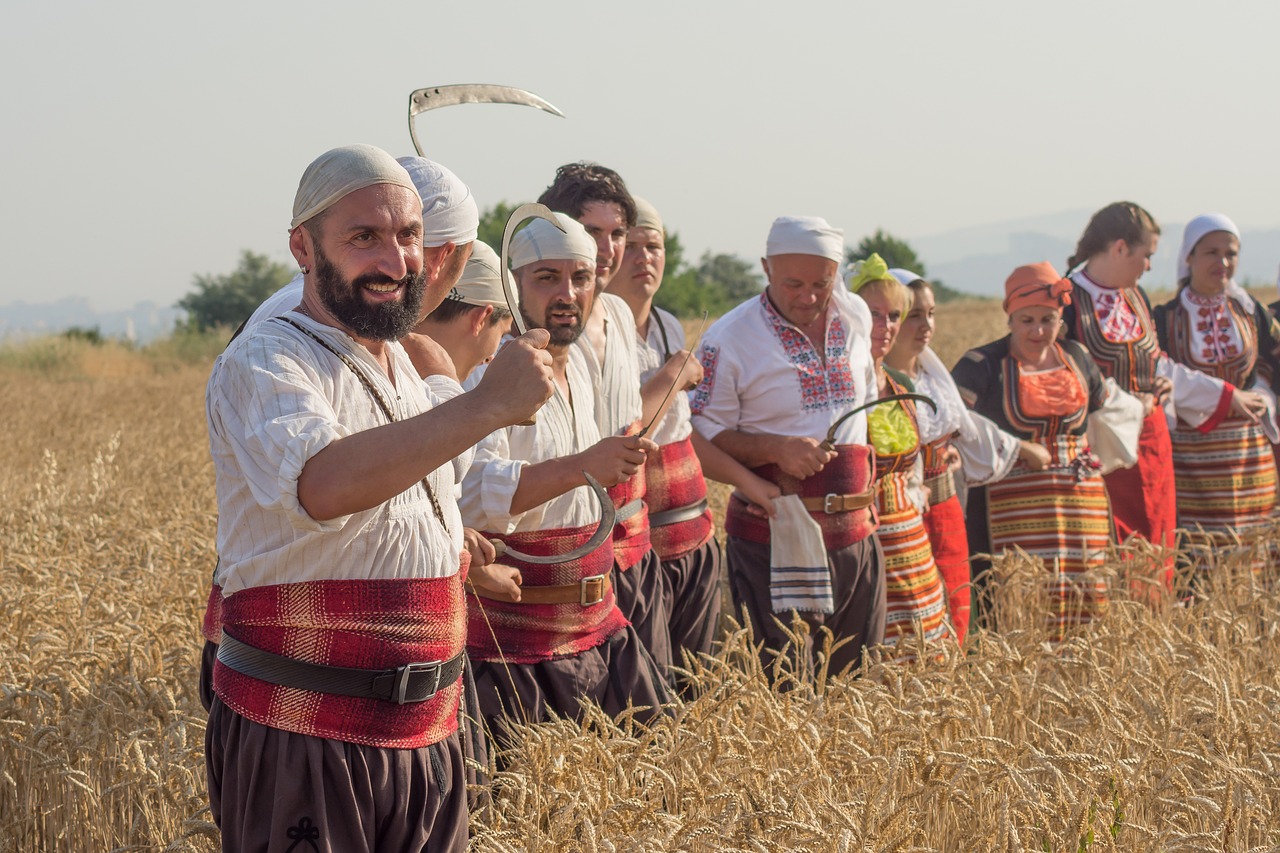Step back in time and embark on a captivating journey through the rich history of Shumen at the Regional History Museum. Nestled in the heart of town, this historical treasure trove offers a comprehensive view of the region’s past, spanning from the 5th century BC to the 20th century AD. As you step inside, prepare to be immersed in a world of ancient artifacts, cultural relics, and fascinating exhibits.
Established in 1857, the museum’s building has been a focal point of Shumen since 1891. Its eight permanent exhibitions showcase the diverse periods of history, from the Prehistory Hall displaying artifacts from the Chalcolithic and Bronze Age, to the Middle Ages Hall featuring Stone Grandmothers cult monuments and artifacts from the Bulgarian state and Preslav. Delve into the depths of Christian culture in the dedicated exhibition, spanning from the 17th to the 19th centuries.
With over 100,000 coins, the numismatic collection is a sight to behold, while other museum sites such as the Panayot Volov Museum, Lajos Kossuth Museum, and Pancho Vladigerov Complex offer additional insights into the region’s heritage.
Immerse yourself in the fascinating history of Shumen at the Regional History Museum, where each exhibit is a testament to the rich and vibrant past of this remarkable region.
Key Takeaways
- The Regional History Museum in Shumen was established in 1857 and is housed in a building in the center of town since 1891.
- The museum comprises eight permanent exhibitions with artifacts ranging from the 5th century BC to the 20th century AD, including displays on prehistory, antiquity, the Middle Ages, the history of Bulgaria, the Bulgarian Revival period, and ethnographic items from the Shumen region.
- The museum also includes other sites such as the Panayot Volov Museum, Lajos Kossuth Museum, and Pancho Vladigerov Complex, which showcase artifacts and exhibitions related to the April Uprising, Hungarian Revolution, and Bulgarian musical culture.
- The museum is open from Monday to Friday from 9:00-17:00 during November to March, and Monday to Sunday from 10:00-18:00 during April to October. Contact information for the museum is provided.
What’s Inside?
The Regional History Museum in Shumen comprises eight permanent exhibitions, including the Prehistory Hall, Antiquity Hall, Middle Ages Hall, History of Bulgaria Hall, Bulgarian Revival Hall, Ethnographic part, a special exhibition dedicated to Christian culture, and a numismatic collection with over 100,000 coins arranged chronologically. These exhibitions showcase a wide range of artifacts that hold significant historical value. The Prehistory Hall displays artifacts from the Chalcolithic and Bronze Age periods, providing insights into the early civilizations that inhabited the region. The Antiquity Hall exhibits artifacts from the 4th century BC to the 6th century AD, shedding light on the ancient history of Shumen. The Middle Ages Hall focuses on the Stone Grandmothers cult monuments and artifacts from the Bulgarian state and Preslav. The History of Bulgaria Hall showcases artifacts from the 15th to the 19th centuries, including the Ottoman rule period. The Bulgarian Revival Hall emphasizes the reforms in Bulgarian schools during the 17th to 19th centuries. The Ethnographic part presents items from the Shumen Region from the late 19th to the early 20th century, providing a glimpse into the local culture and traditions. The special exhibition dedicated to Christian culture from the 17th to 19th centuries highlights the religious heritage of the region. Finally, the numismatic collection houses over 100,000 coins, arranged chronologically, offering a comprehensive overview of the region’s monetary history.
Founding and Location
Established in 1857 by Sava Dobroplodni, the Regional History Museum in Shumen is situated in a building located in the center of the town since 1891. The museum’s founding holds significant historical significance as it has been a central institution for preserving and showcasing the rich history of Shumen. The museum comprises eight permanent exhibitions that span from the 5th century BC to the 20th century AD, allowing visitors to explore various periods of history. Notable halls include the Prehistory Hall, the Antiquity Hall, the Middle Ages Hall, the History of Bulgaria Hall, the Bulgarian Revival Hall, and the Ethnographic part, each providing a unique insight into different aspects of Shumen’s past. Additionally, the museum houses the Panayot Volov Museum, the Lajos Kossuth Museum, and the Pancho Vladigerov Complex, which further enrich the visitor’s experience. The museum’s location in the heart of Shumen makes it easily accessible and a must-visit destination for those interested in delving into the history of the region.
Permanent Exhibitions
Situated in a building in the center of town since 1891, the Regional History Museum in Shumen showcases eight permanent exhibitions that span from the 5th century BC to the 20th century AD. The museum houses a diverse range of artifacts from different time periods, providing visitors with a comprehensive understanding of the region’s rich history. The exhibitions hold great cultural significance, offering insights into various aspects of Shumen’s past. From the Prehistory Hall, which displays artifacts from the Chalcolithic and Bronze Age, to the Antiquity Hall, which showcases artifacts from the 4th century BC to the 6th century AD, each exhibition offers a unique perspective on different historical periods. The Middle Ages Hall presents Stone Grandmothers cult monuments and artifacts from the Bulgarian state and Preslav, while the History of Bulgaria Hall focuses on the Ottoman rule period. These exhibitions not only highlight the historical importance of the artifacts but also provide a glimpse into the cultural and social aspects of the time periods they represent.
Other Museum Sites
Panayot Volov Museum, Lajos Kossuth Museum, and Pancho Vladigerov Complex are additional captivating sites within the museum complex that offer unique insights into the lives and contributions of revolutionary figures, Hungarian leaders, and renowned composers, respectively. These museum sites not only showcase the artifacts associated with these individuals, but also provide visitors with a deeper understanding of their cultural significance.
The Panayot Volov Museum displays artifacts related to the life of Panayot Volov during the April Uprising. Visitors can explore the revolutionary’s personal belongings and gain insight into his role in the fight for Bulgarian independence.
The Lajos Kossuth Museum tells the story of the Hungarian leader during the Hungarian Revolution of 1848-1849. Through exhibits and interactive displays, visitors can learn about Kossuth’s political career and his impact on Hungarian history.
The Pancho Vladigerov Complex showcases the first piano and study of the renowned composer. This museum site allows visitors to explore Vladigerov’s musical journey and his contributions to Bulgarian musical culture.
Overall, the addition of these museum sites adds depth and diversity to the Regional History Museum in Shumen, allowing visitors to delve into the lives and legacies of important historical figures.
| Museum Sites | Cultural Significance |
|---|---|
| Panayot Volov Museum | Showcases artifacts from April Uprising |
| Lajos Kossuth Museum | Tells the story of Hungarian Revolution |
| Pancho Vladigerov Complex | Highlights the composer’s contributions to Bulgarian music |
Visiting Information
The Regional History Museum in Shumen offers a comprehensive and immersive experience for visitors interested in delving into the diverse cultural heritage of the region. The museum is open from Monday to Friday, from 9:00-17:00 during November to March, and from Monday to Sunday, from 10:00-18:00 during April to October. Visitors can obtain further information and assistance at the Tourist Information Center in Shumen, which is open from Monday to Friday, from 09:00-18:00. For any inquiries, the Regional History Museum can be contacted at +359 54 87 54 87 or via email at museum_shumen@abv.bg. Additionally, visitors can find more details on the museum’s website at www.museum-shumen.com. The museum offers a range of information materials, souvenirs, and scientific literature for sale, ensuring that visitors can further explore and engage with the rich history of the region.
Frequently Asked Questions
What is the significance of the Panayot Volov Museum, Lajos Kossuth Museum, and Pancho Vladigerov Complex within the Regional History Museum in Shumen?
The Panayot Volov Museum, Lajos Kossuth Museum, and Pancho Vladigerov Complex are significant components of the Regional History Museum in Shumen. These sites provide exhibits on the revolutionary life of Panayot Volov, the Hungarian Revolution of 1848-1849, and the musical contributions of Pancho Vladigerov respectively. These attractions add diversity and depth to the museum, showcasing different aspects of history and culture. Additionally, they contribute to the overall historical background of Bulgarian musical culture in Shumen by highlighting the achievements and influences of prominent individuals in this field.
Can you provide more information about the special exhibition on Christian culture from the 17th to 19th centuries at the museum?
The special exhibition on Christian culture from the 17th to 19th centuries at Shumen’s Regional History Museum showcases a range of treasures, including religious artifacts, icons, and religious paintings. One notable example is a beautifully preserved 17th-century icon depicting the Virgin Mary. The exhibition explores the influence of Christianity on the art and culture of the region during this time period, providing visitors with a deeper understanding of the religious traditions and artistic expressions of the era.
How many coins are included in the numismatic collection at the Regional History Museum in Shumen?
The numismatic collection at the Regional History Museum in Shumen consists of over 100,000 coins arranged chronologically. This collection is of great importance as it allows visitors to explore the history of coinage in Shumen and its significance in shaping the region’s cultural and economic development.
What is the historical background of Bulgarian musical culture centered in Shumen?
Bulgarian musical traditions in Shumen have a rich historical development. The city saw the formation of the first Bulgarian orchestra in 1850 and Dobri Voynikov established the first student choir and orchestra. The birth-house of Dobri Voynikov has been transformed into a museum, showcasing the ethnographic exhibition of Shumen Region from the 19th to 20th century, including exhibits of male and female clothing influenced by Western European trends and kitchen furniture from Shumen houses. Additionally, the Regional History Museum in Shumen houses a special exhibition on Christian culture from the 17th to 19th centuries, as well as a numismatic collection with over 100,000 unique coins. Other museums in Shumen, such as the Panayot Volov Museum, Lajos Kossuth Museum, and Pancho Vladigerov Complex, also contribute to the city’s musical culture. The Panayot Volov Museum displays artifacts related to the revolutionary’s life during the April Uprising, the Pancho Vladigerov Complex showcases the composer’s first piano and study, and the Lajos Kossuth Museum tells the story of the Hungarian leader during the Hungarian Revolution.
Can you provide more details about the ethnographic exhibition of the Shumen Region from the 19th to 20th century at the museum?
The ethnographic exhibition at Shumen’s Regional History Museum showcases the exploration of traditional crafts, folklore, and traditional costumes from the 19th to 20th century. It highlights the influence of modernization on Shumen’s cultural heritage.











